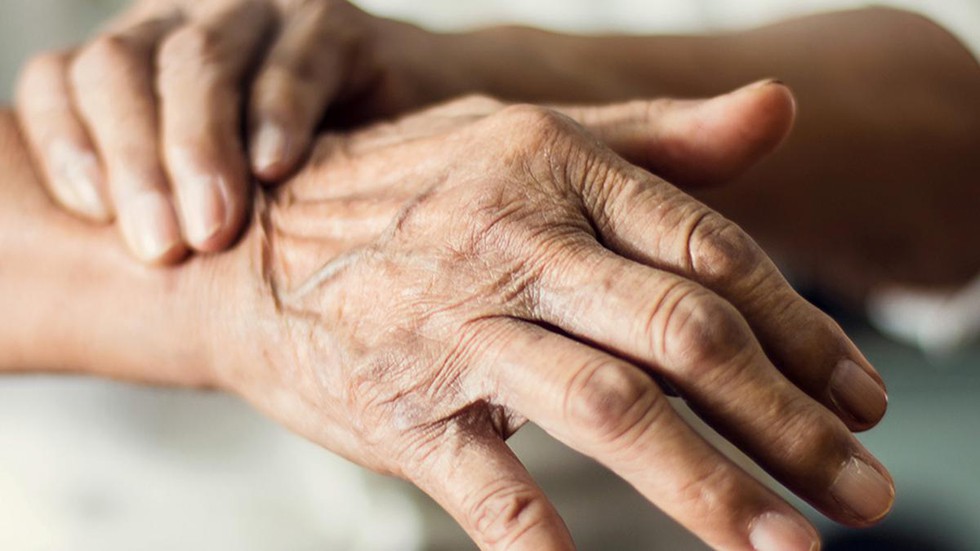India achieves a historic milestone in neurology by administering high cervical spinal cord stimulation to alleviate symptoms of Parkinson Plus Syndrome, showcasing a groundbreaking advancement in neurological care.
Understanding Parkinson Plus Syndrome
Parkinson Plus Syndrome presents formidable challenges with symptoms extending beyond typical Parkinson’s disease, necessitating innovative therapeutic approaches.
The Promise of Spinal Cord Stimulation
Spinal cord stimulation, known for managing chronic pain, emerges as a novel frontier in addressing Parkinson Plus Syndrome, offering potential relief where traditional treatments fall short.
The Procedure
Implanting a device near the cervical region of the spinal cord delivers electrical pulses, targeting specific areas associated with motor function and symptom manifestation, disrupting pathological neural circuits.
Dr. Amit Patel’s Perspective
Lead neurologist Dr. Amit Patel expresses optimism about the procedure’s potential to enhance the quality of life for individuals with Parkinson Plus Syndrome and its implications for neurological research.
Implications and Future Prospects
The successful completion of India’s first high cervical spinal cord stimulation underscores collaborative efforts in pushing the boundaries of neurological innovation, promising relief and improved outcomes for Parkinsonism-related conditions worldwide.
Multiple Choice Questions (MCQs) with Answers:
- What milestone did India achieve in neurology?
- a) Administering deep brain stimulation for Parkinson’s disease
- b) Administering high cervical spinal cord stimulation for Parkinson Plus Syndrome
- c) Conducting gene therapy for Alzheimer’s disease
- d) Conducting stem cell therapy for Huntington’s disease
- Answer: b) Administering high cervical spinal cord stimulation for Parkinson Plus Syndrome
- Which of the following best describes Parkinson Plus Syndrome?
- a) A common neurological disorder with typical symptoms of tremors and rigidity
- b) A rare neurological condition with symptoms extending beyond typical Parkinson’s disease
- c) A psychiatric disorder characterized by mood swings and hallucinations
- d) A genetic disorder leading to progressive muscle weakness
- Answer: b) A rare neurological condition with symptoms extending beyond typical Parkinson’s disease
- What is the primary aim of spinal cord stimulation in managing Parkinson Plus Syndrome?
- a) Administering medication directly into the spinal cord
- b) Delivering high-voltage electrical currents to the brain
- c) Modulating neural activity through low-voltage electrical currents to the spinal cord
- d) Inducing temporary paralysis of the affected limbs
- Answer: c) Modulating neural activity through low-voltage electrical currents to the spinal cord
- What role does Dr. Amit Patel play in the procedure?
- a) Performing surgical implantation of the device
- b) Conducting pre-procedural neurological assessments
- c) Overseeing the procedure as the lead neurologist
- d) Analyzing post-procedural imaging scans
- Answer: c) Overseeing the procedure as the lead neurologist
- What does the successful completion of India’s first high cervical spinal cord stimulation signify?
- a) The end of traditional treatment options for Parkinson Plus Syndrome
- b) Collaborative efforts in advancing neurological innovation
- c) The exclusive use of spinal cord stimulation for all neurological disorders
- d) A decline in neurological research initiatives worldwide
- Answer: b) Collaborative efforts in advancing neurological innovation
